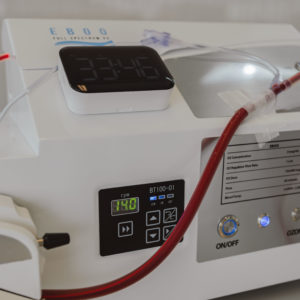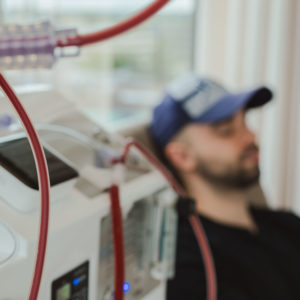2 min|Integrative
Spring Cleaning Your Home
WellnessHome Is Where The Heart Is
It’s our haven; the place where we rest our head, and, ideally, the place where we regenerate. In a world where toxins are abundant, we can make positive changes for our health by striving to reduce the toxins in our home.
Spring cleaning your home means choosing:
Clean Food
Pesticides are toxic by design! Intended simply to ward off pesky invaders that threaten plant crops, they have now been linked to many health concerns in humans, including hormone imbalances and cancer. Whenever possible, it’s best to steer clear of pesticides especially as studies have shown that washing and peeling produce does not eliminate pesticide residues. If you can, always choose organic produce. If organic produce isn’t always an option, try at least to buy ‘The Dirty Dozen’ organic; these foods are highest in pesticides whereas the ‘Clean Fifteen’ are lowest in pesticide residues.
Clean Water
You may think that living in a metropolitan city, water quality is not a concern. However, did you know that chlorine is added to the tap water in Metro Vancouver? Placed there to kill off harmful bacteria, it unfortunately cannot differentiate between bad bacteria in the water and good bacteria in your digestive tract. Additionally, chlorine produces many chlorination by-products that have been linked to an increase in risk of cancer. If you can, investing in a home filtration system ensures that your drinking water, as well as cooking and shower water is filtered. Cheaper options include showerhead units, attachable tap units, and countertop filtration systems such as one of our favourites, the Berkey.
Clean Air
Outdoor air pollution is not the only concern when it comes to air quality; studies have shown that the air inside your house may actually be more polluted! Products we bring in to our home are the primary culprits such as dry-cleaning, new furniture and clothes, as well as scent altering products such as air fresheners and candles due to their high concentration of phthalates and flame retardants, as well as many other chemicals. Additionally, the components of your house itself can be a concern such as toxic paints, carpets sprayed with formaldehyde, or mold. Cleaning your air involves:
- Reducing - toxic products you bring in to your home
- Removing - potential contaminants (such as mold)
- Adding - tools to improve the quality of the air (such as HEPA filters and fresh plants)
Related Articles

2 min|Dr. Alex Chan
EBOO for Chronic Inflammation: A Natural Approach for Systemic Relief
Regenerative Medicine, EBOO Therapy
2 min|Dr. Alex Chan
EBOO Therapy for Autoimmune Conditions: Exploring the Potential Benefits
Autoimmune Disease, Regenerative Medicine, EBOO Therapy


